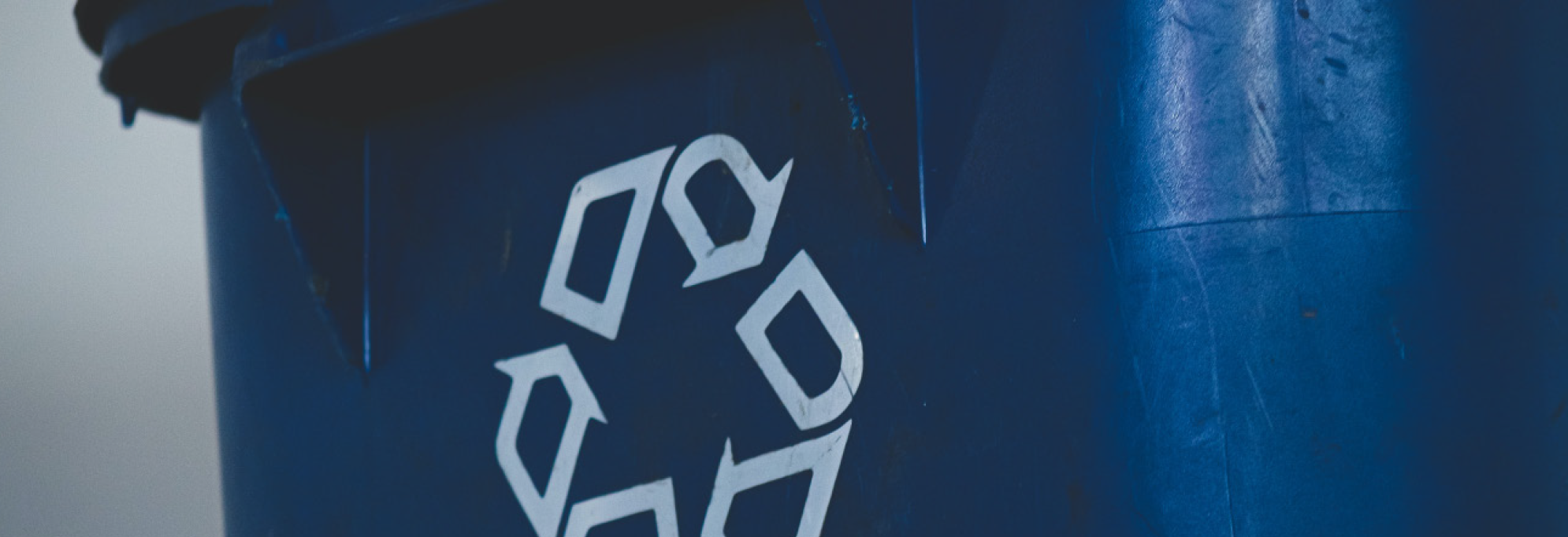Understanding What Those Recycling Numbers on Plastics Really Mean
12/20/2022Packaging sustainability is becoming an important issue for consumers and businesses alike. But that doesn’t mean that plastic-based packaging and containers are going away. In fact, one study indicates over a third of consumers under age 44 see great benefits to plastics. Benefits that outweigh any negatives, especially if that packaging is recycled — or recyclable.
But deciphering the meaning of the recycling logo and its numbers can be daunting for both businesses and patrons. For example, although most items can be recycled, some can only be recycled through complex and costly processes, which can use a lot of energy and can therefore be counterproductive to sustainability.
With more than 8 million tons of plastic ending up in our oceans and microplastics polluting our rainwater, responsible recycling and reuse of plastic materials is becoming more important than ever. To help you — and your customers — sort out the recyclable from the non-recyclable when it comes to plastics, we’ve put together this easy-to-follow cheat sheet to help you understand what those recycling numbers really represent.
Recycling Numbers of Plastics: A Quick Primer
Every area of the country has its own rules and regulations governing recyclables that determine what they will and will not process. However, one of the first steps toward sourcing recyclable, sustainable plastics is to gain a strong understanding of what the recycling symbols stamped on most plastic items really mean.
The #1 Symbol: Polyethylene Terephthalate (PET or PETE)
This plastic is mostly used for water, soft drinks, and other beverages due to its inexpensive, lightweight profile and the fact that it poses a minimal risk of leaching chemicals. This type of plastic is welcomed by most recycling programs, even curbside ones, if it has been properly emptied and rinsed.
Recycled Uses: Recycled PET can be used to create more bottles, food containers, fiber, carpet, paneling, and even warm and cozy fleece.
The #2 Symbol: High Density Polyethylene (HDPE)
HDPE plastic is incredibly versatile and useful — especially when it comes to food packaging. It has an exceptionally low leaching risk, making it perfect for yogurt tubs, milk jugs, juice bottles, butter containers, liners for cereal boxes, and more. It is accepted by most curbside recycle programs, but grocery bags made of HDPE must be delivered to specific stores that recycle them.
Recycled Uses: Recycled HDPE is used in a variety of materials from floor tiles and lumber to pens, drainage pipes, and shampoo bottles.
The #3 Symbol: Polyvinyl Chloride (PVC)
Cheap and durable, PVC is found in everything from vinyl siding to windows. However, it can release dioxins during the manufacturing process or if it is burned.
Recycled Uses: PVC is rarely recycled, but some manufacturers of plastic lumber will accept it. With proper processing, it can be made into decks, flooring, mats, and more.
The #4 Symbol: Low Density Polyethylene (LDPE)
A staple polymer for use in creating grocery and bread bags, tote bags, furniture, and squeeze bottles, LDPE is more difficult to recycle in curbside programs. However, it is accepted by some community collection programs.
Recycled Uses: When recycled, LDPE can be reborn as floor tiles, lumber, envelopes, trash can liners, and even paneling.
The #5 Symbol: Polypropylene (PP)
With a high melting point that makes it perfect for food containers and other storage for hot liquids, PP plastic is becoming more accepted by recycling programs across the nation. It is typically used to create straws, yogurt tubs, medicine bottles, and bottle caps.
Recycled Uses: PP can be recreated as bins, trays, signal lights, battery cables, brooms, brushes, and landscape border materials.
The #6 Symbol: Polystyrene (PS)
This plastic can be made in either foam or rigid forms and is most often found in disposable cups and plates, egg cartons, meat trays, and for use as to-go containers. However, most recycling programs do not accept it.
Recycled Uses: Recycled PS can be used in insulation, egg cartons, to-go containers, and foam packing, among other uses.
The #7 Symbol: Miscellaneous
This is a catch-all category for plastics that don’t quite fit into other groups. Hard plastics are commonly found with this symbol, as are DVDs, nylon, and even specific food containers. These are typically considered non-recyclable materials for most local programs.
Recycled Uses: Despite the difficulty with recycling these, there are limited uses for them as custom-made products.
Sunshine Supply — Your Choice for High Quality Plastics
Need convenient, high-quality plastic containers, utensils, or bags? Just reach out to Sunshine today and let us help you choose the perfect items for your specific business needs.
